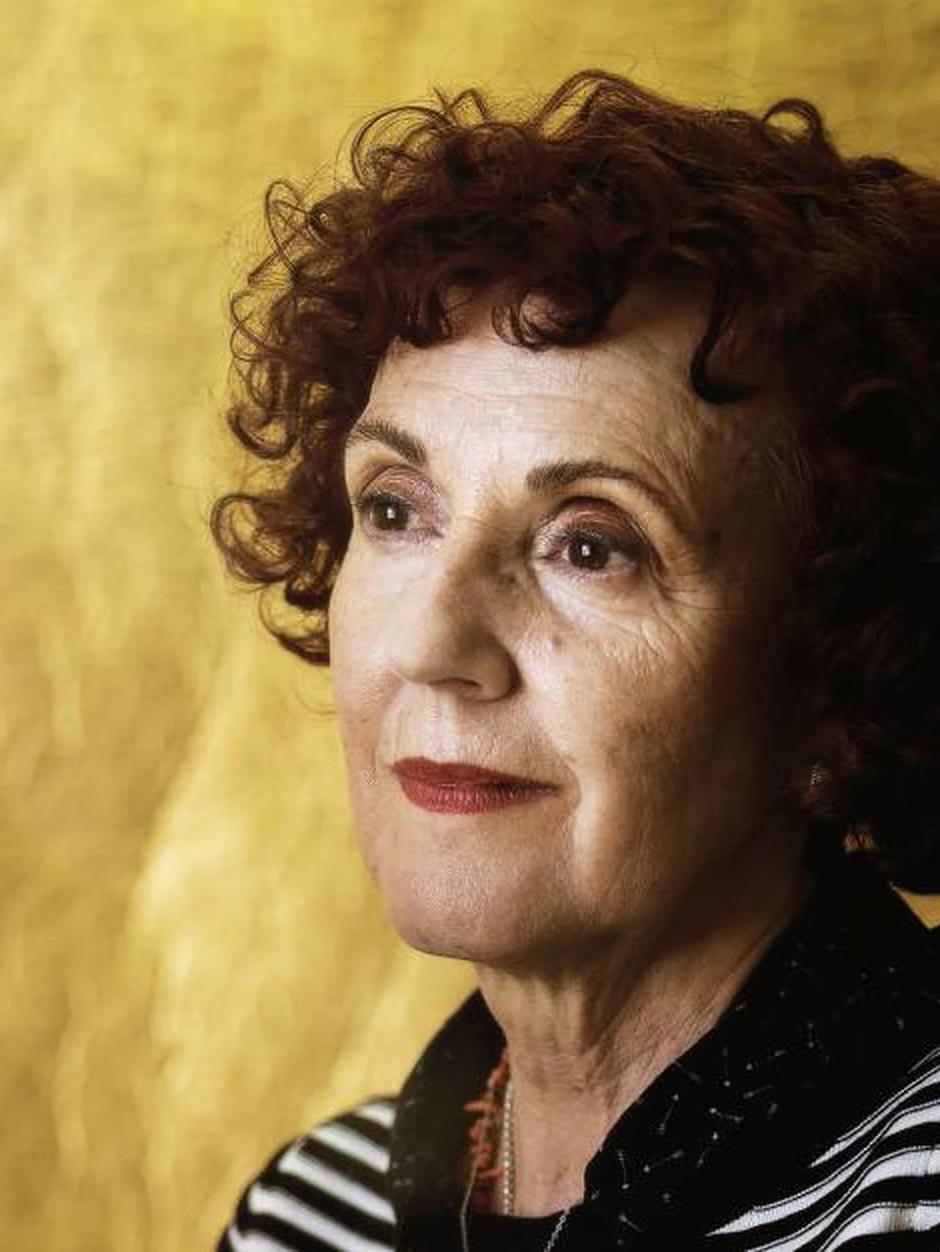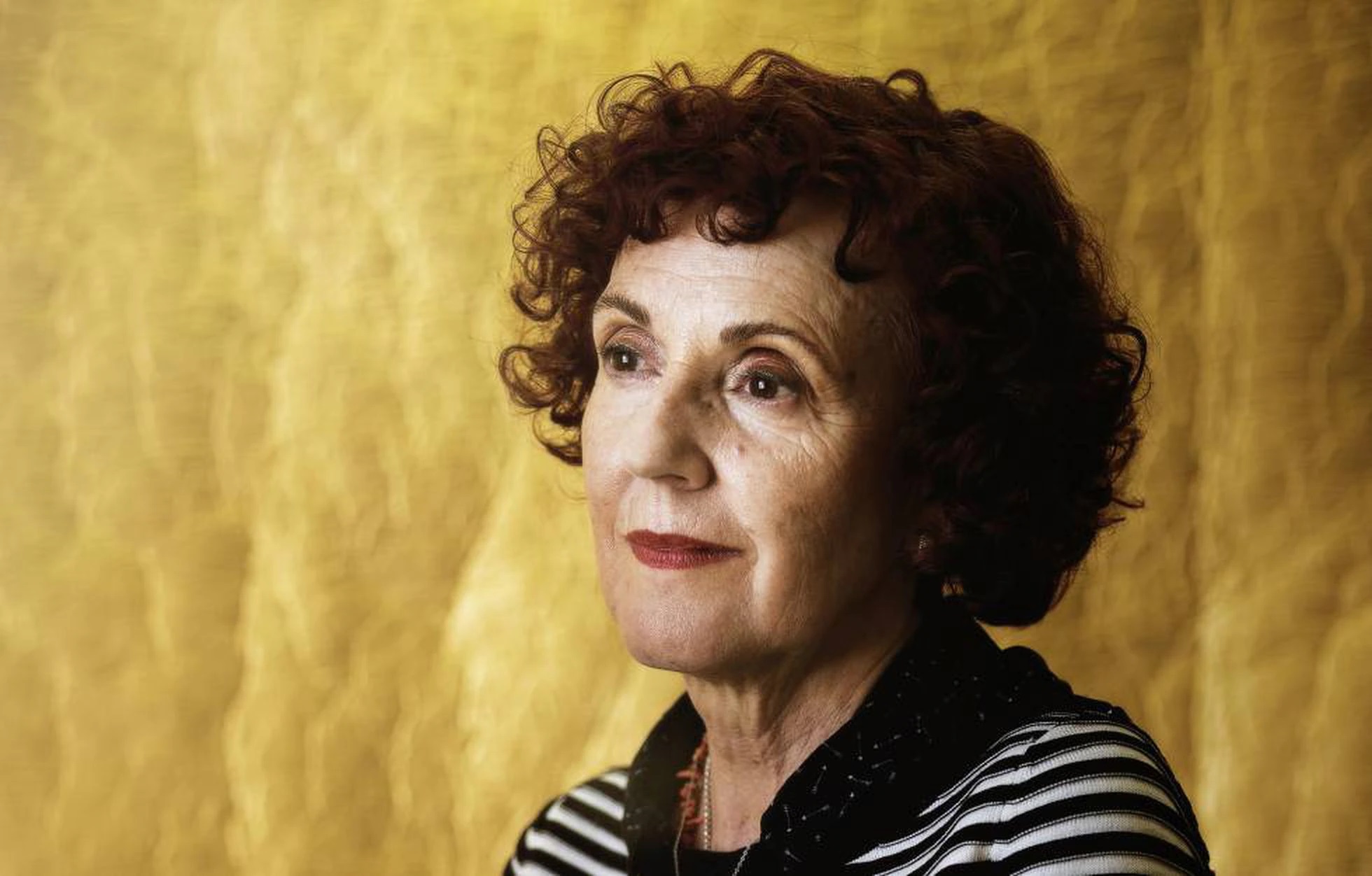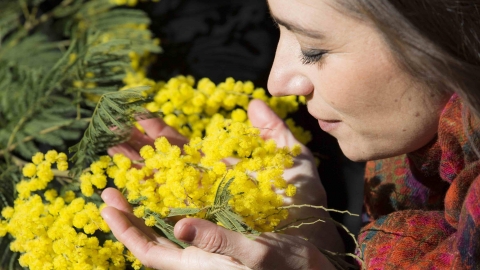In recent years, along with the trend of green lifestyle, the term "sustainable fashion" has gradually become the orientation and responsibility of each individual, especially for those in the fashion industry. Many designers tend to look for alternative materials to traditional fabrics. Carmen Hijosa, a 69-year-old Spanish leather designer, is no exception. Having researched leather materials and their impact on the environment for many years, Hijosa has created a more sustainable solution: using pineapple leaf fibers to produce a fashion material that replaces animal skin.
The decisive trip
At the age of 19, Carmen Hijosa moved to Ireland to study and began working in the leather industry. At the time, she worked in a small company, regularly working on luxury leather goods for companies such as Harrods, Liberty and Takashimaya.
However, that was not the reason that led her to the vegan fashion path. It all started when Carmen Hijosa became a design consultant for the European Union and the World Bank in the South American market, the Philippines, Thailand and the EU. This job gave her the opportunity to travel around and learn about the products that she truly loved.
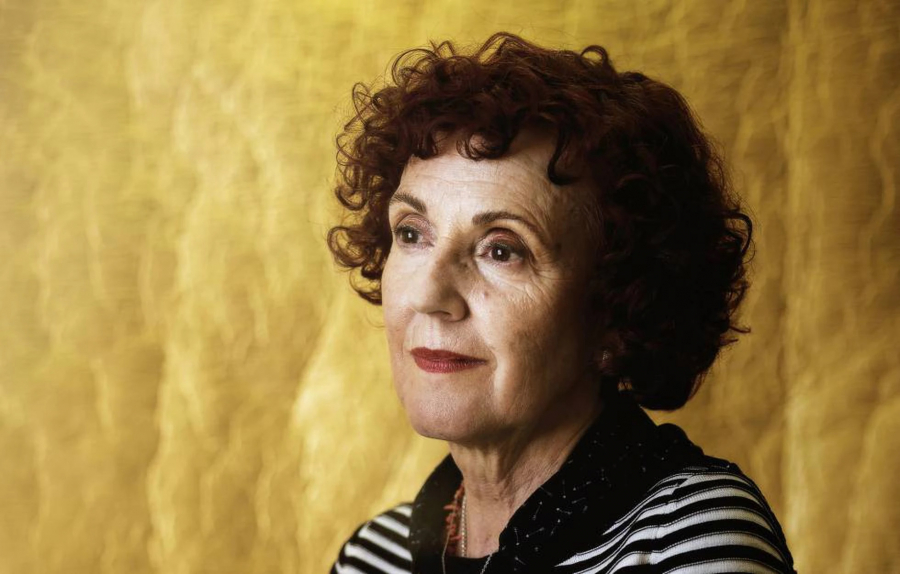
Dr. Carmen Hijosa is known as an ethical entrepreneur with a vision and strategy for sustainable fashion development.
In 1993, she visited one of the local leather workshops in the Philippines and was shocked to see the impact the leather industry had on the environment and the health of local people. The process of tanning animal hides requires the use of toxic chemicals such as formaldehyde and heavy metals such as chromium – all of which cause pollution. She decided to quit immediately. “I didn’t have any plans for my career, but after seeing that, I promised myself I would never work with leather again,” Hijosa said.
From there, Hijosa conceived the idea of finding an alternative material to leather and, more urgently, producing a leather from natural materials in the Southeast Asian island nation. With 15 years of experience in the industry, she understood that the alternative material needed to have characteristics such as durability, toughness, lightness, lightness and the ability to produce sustainably. And her journey began...
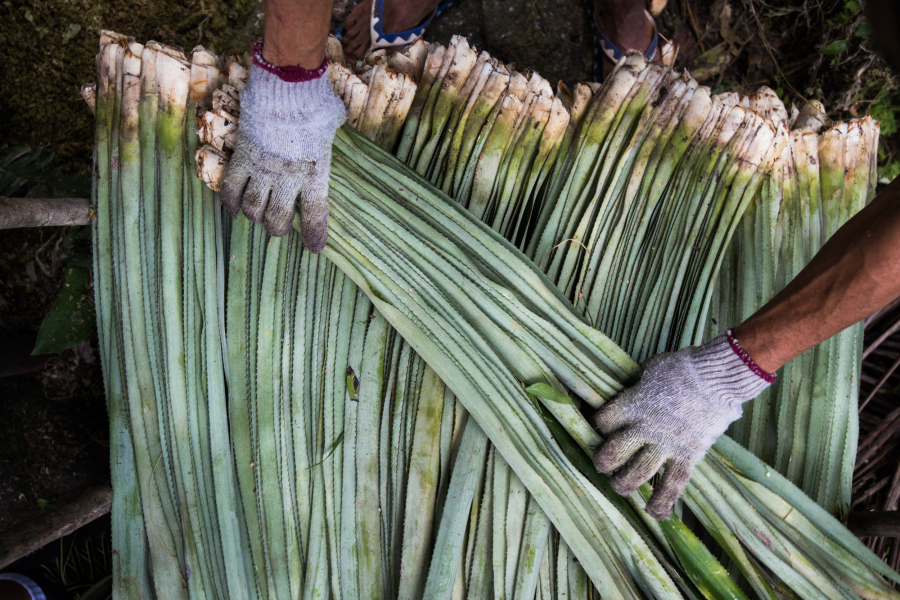
The solution lies in the trash
Carmen Hijosa started working with the Design Center in the Philippines, interacting with farmers, handloom weavers and getting directly involved in the production process. For her, it was the only way to connect with what she wanted to create.
After years of research, she realized that the byproducts of pineapple plantations were the answer she was looking for. "I was fascinated by pandan leaves. I tried them over and over again, and their fibers were so fine, strong and flexible that they could be pulled into nets," Hijosa said. In 2014, she researched the process of making Piñatex and started a new business at the age of 62, Ananas Anam.

With perseverance and social and environmental responsibility, she launched a new material that goes along with the supply chain, providing a solution for the pineapple farming community.
Pandan leaves are considered a by-product of plantations in the Philippines. Normally, after each harvest, farmers burn them or let them rot naturally. It is estimated that about 40,000 tons of pandan leaves are discarded globally every year.
But since Carmen Hijosa’s idea, the pineapple leaves in the Philippines have been collected by locals and processed through a process of separating the fibers from the leaf blades. After being washed and dried, the chlorophyll and resin are removed. The refined pineapple fibers are further processed into a non-woven mesh. They are then sent to Spain to complete their life cycle. Here, they are chemically and mechanically treated to give them the toughness, durability and appearance of real leather, and are called Piñatex. On average, 480 pineapple leaves can be woven into 1 meter of fabric.2this faux leather fabric.
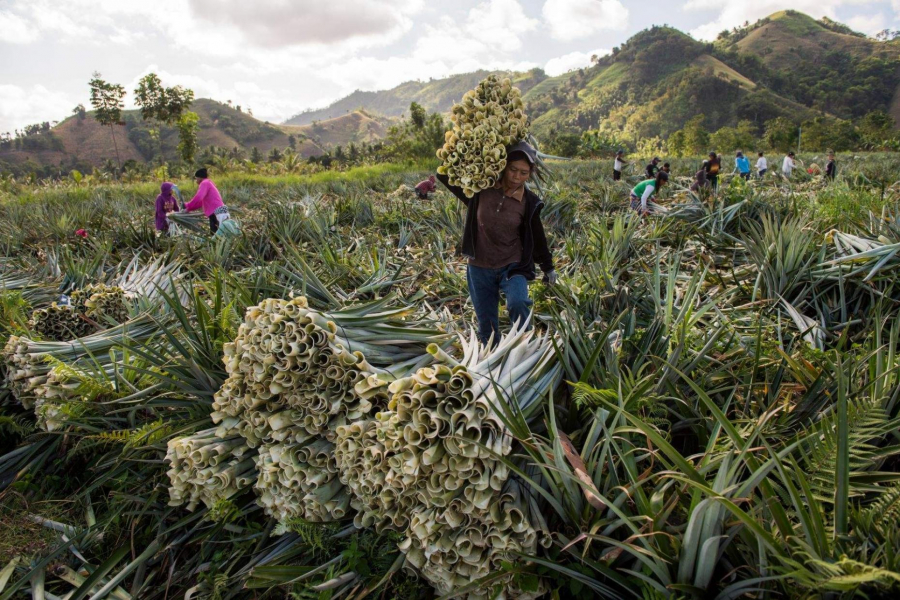
The Piñatex production process ensures environmental responsibility. The product life cycle is taken into account and the production follows a closed-loop model.

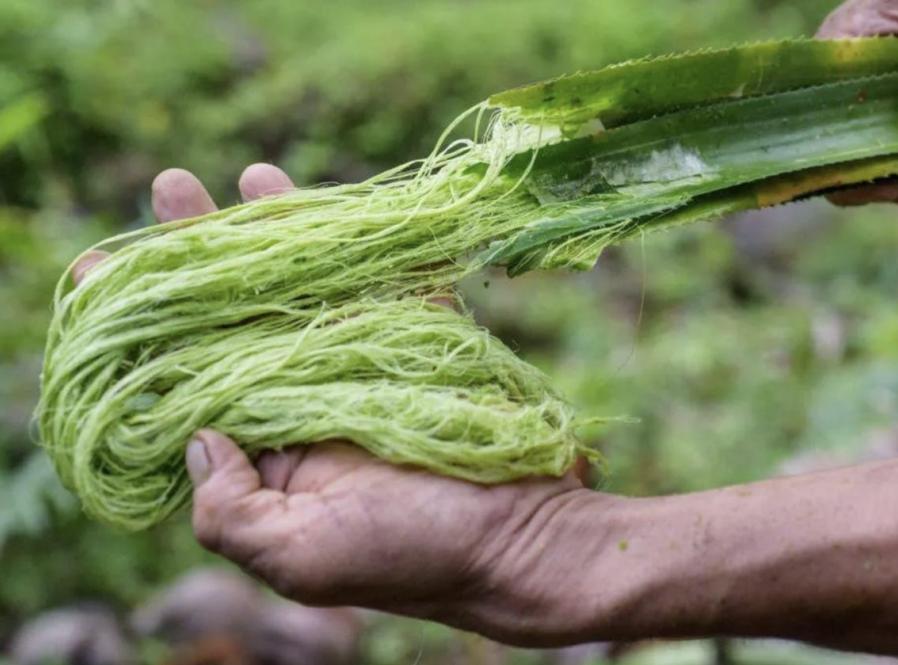
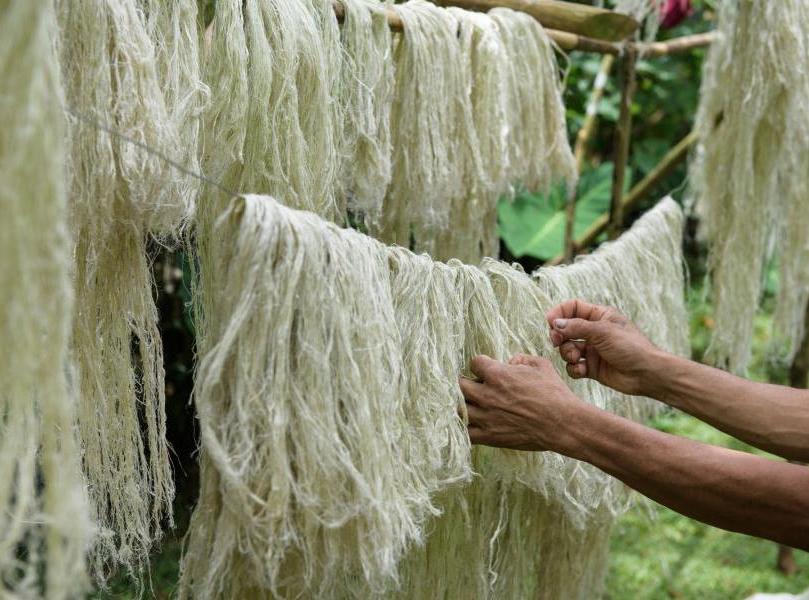
Unlike leather production, pineapple processing does not produce any toxins that are harmful to the environment. In addition, the remaining residue after fiber separation can be composted or used as an input material for bioenergy production.
Piñatex - similar to leather, can be dyed, printed and treated to create a variety of textures and thicknesses. It is a perfect substitute for leather for shoes, bags, sofas, etc., at just £18/m2- 40% cheaper than leather, costing around £20-30/m2.
passion does not "retire"
Ms Hijosa said that although she received many investment offers for her project, it was not always smooth sailing, and she also faced many setbacks. “It is not easy to find people who have a vision and can visualize what you are doing,” she said.
For Hijosa, one of the highlights of her journey to creating vegan fashion materials was receiving her patent in 2011. "I was able to confidently work on a product that people believed in and allowed to continue to develop," she says.
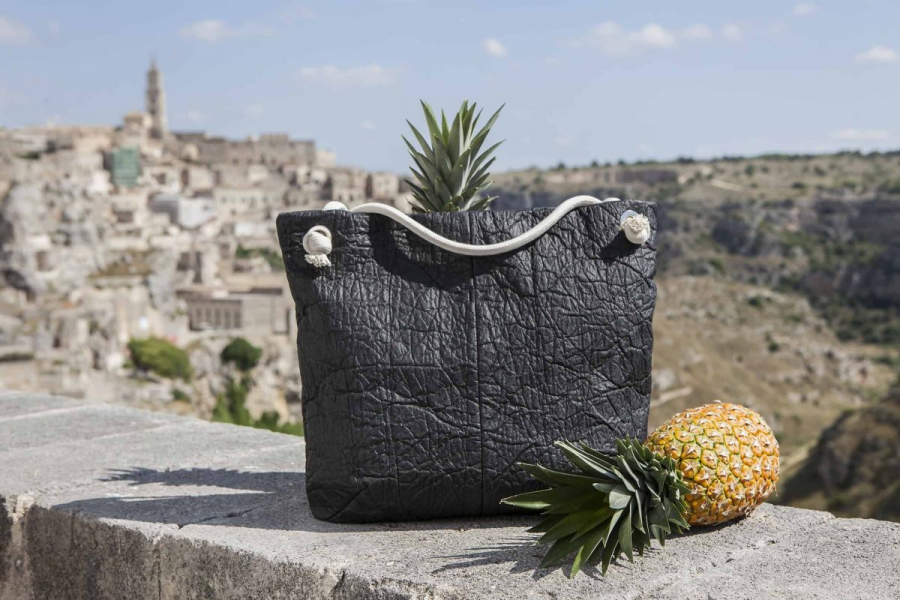
Today, her fabric company Piñatex has partnered with 3,000 large and small fashion houses worldwide.
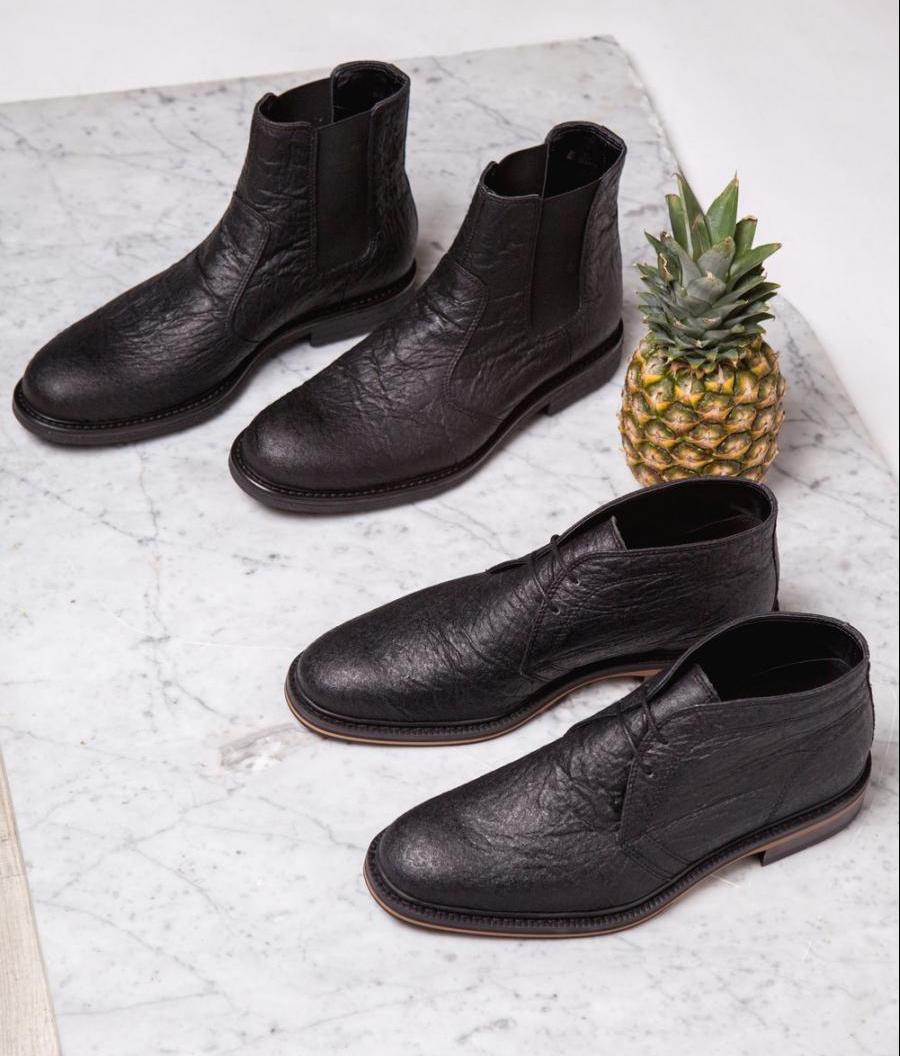

Since its launch in 2016, her creation has been widely accepted everywhere. Many brands and fashion designers around the world have applied Piñatex to their products, from shoes to clothes or furniture, cars. Now, Ananas Anam has collaborated with 3,000 brands globally, including Hugo Boss, Chanel, Mango, Ecoalf... Piñatex leather has also been upgraded, with fashionable colors such as purple, brown, red orange, and silver.
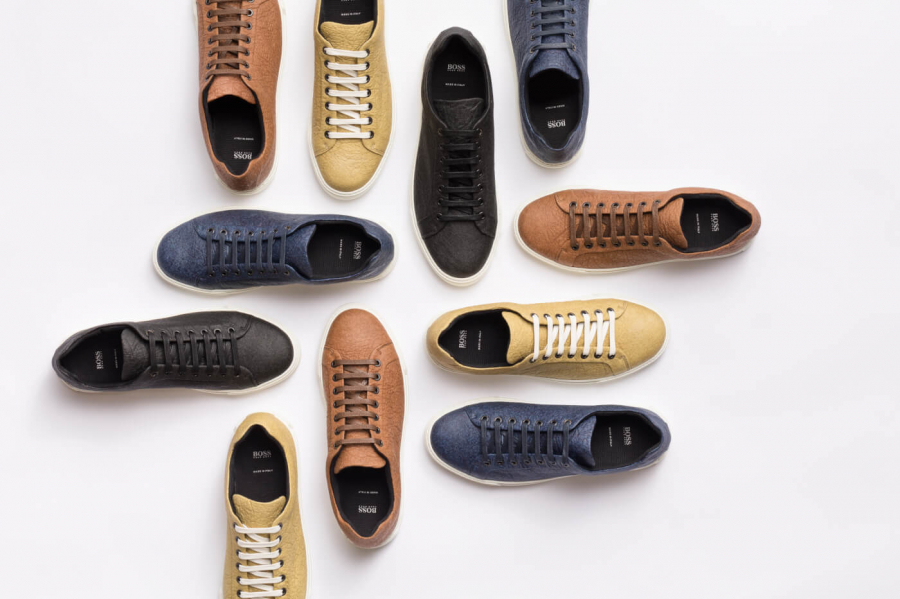
Piñatex leather products are increasingly upgraded and widely applied.
“For us, using Piñatex in our collections was a natural choice,” says Alicia Lai, founder of London-based fashion label Bourgeois Boheme. “Not only is it ethically beautiful: no animal cruelty, no pollution, but it also helps us successfully redefine the concept of leather shoes, boots, and sandals that are not leather.”
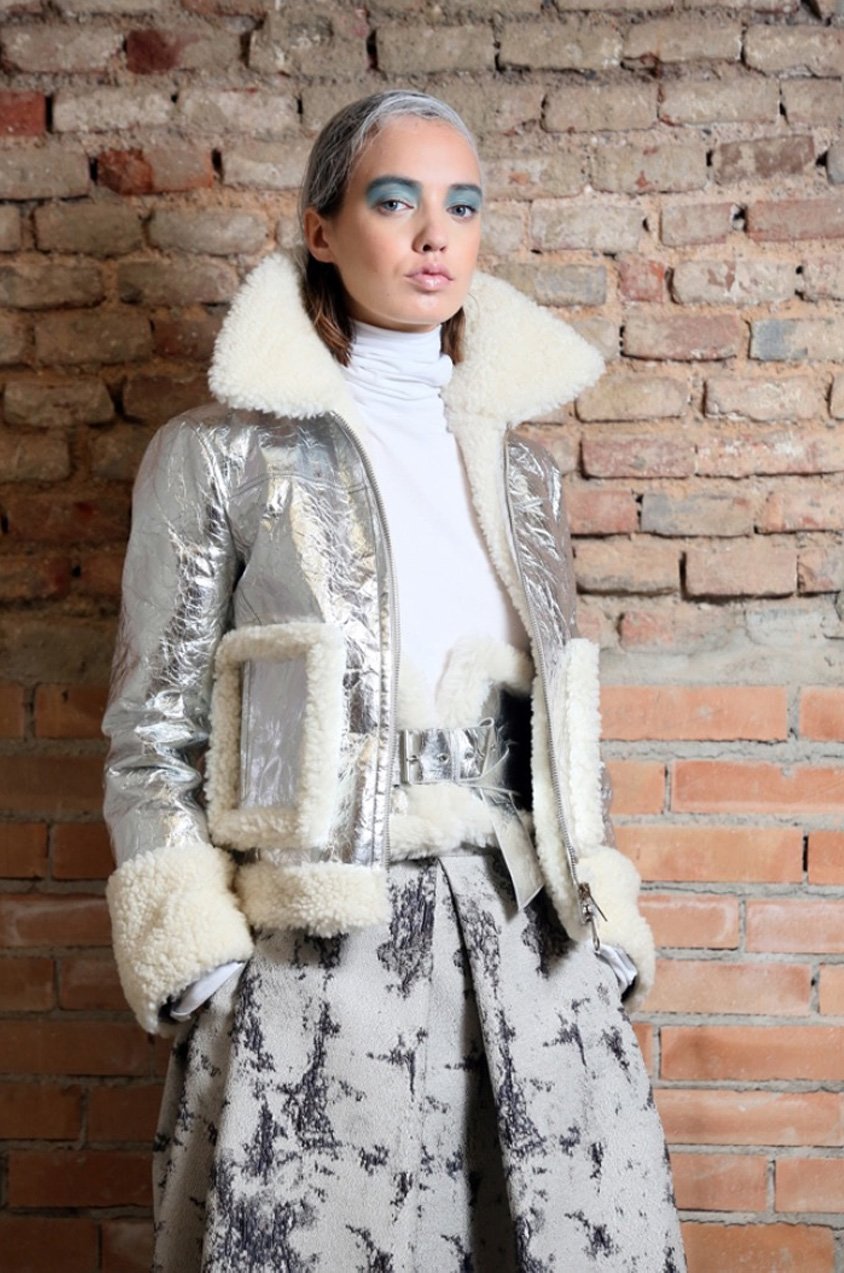
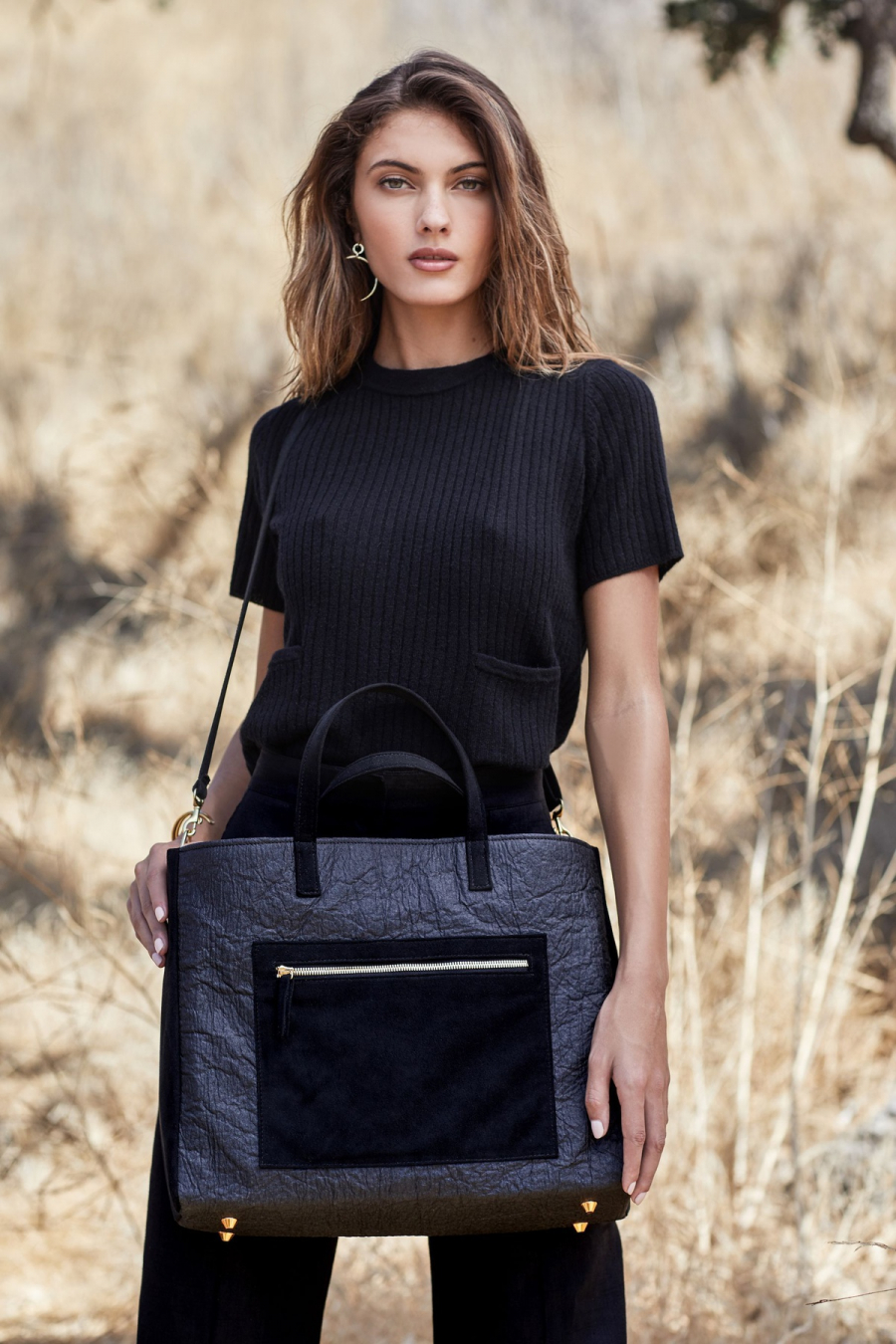
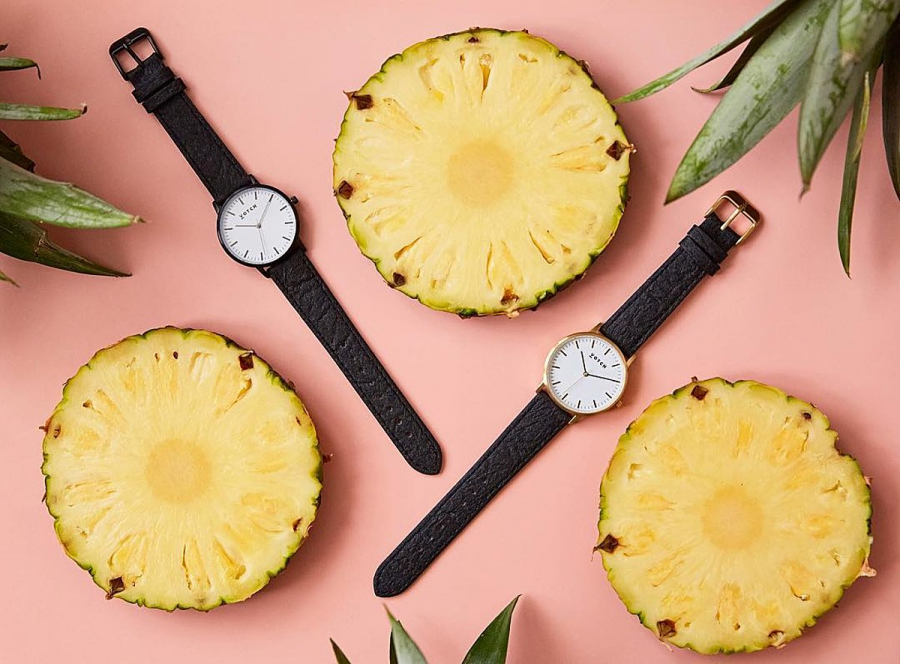
Through its own success story, the pineapple-based Piñatex initiative is raising awareness about sustainable approaches to fashion. For Carmen Hijosa, it is a privilege to be able to respect the environment and fight pollution by providing products made from waste. And more importantly, at an age when she should be retired, the 69-year-old is still working hard to find a way forward for the sustainable fashion industry.





